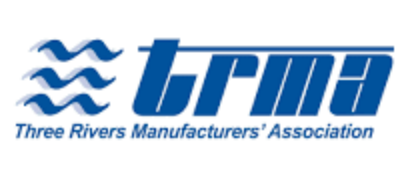
Carbon Monoxide (CO) FAQ
Did you know carbon monoxide can replace the oxygen in your red blood cells? Carbon monoxide gas is a colorless, odorless, tasteless gas produced by burning gasoline, wood, propane, charcoal or other fuel. Improperly ventilated appliances and engines, particularly in an enclosed space, may allow carbon monoxide to accumulate to dangerous levels.
If inhaled in large quantities for a prolonged time period, carbon monoxide can cause unconsciousness, brain damage and even death. If you, or anyone in your household, experience these symptoms, immediately open windows and doors to ventilate your home, then move outside and call for help.
What Are Carbon Monoxide Symptoms?
Warning signs can include:
- Weakness
- Dull headache
- Dizziness
- Nausea or vomiting
- Short breath
- Confusion
- Vision blurred
- Loss of consciousness
If you are sleeping or intoxicated irreversible brain damage or death can seek up on you fast before anyone realizes there’s a problem.
How To Prevent Carbon Monoxide Poisoning?
Simple precautions can help:
- Carbon monoxide detectors work. Place in the hallway near each sleeping room in your house. Check the batteries twice a year. If the alarm sounds, leave your home and call 911 or the fire department. Effective January 1, 2007, every Illinois home is required to have at least one carbon monoxide alarm in an operating condition within 15 feet of every room used for sleeping purposes.
- Open the garage door before starting your car. Car exhaust is deadly. Do not take chances of running you car in an enclosed space..
- Use gas appliances as recommended. Use camp stoves outdoors only. Use fuel-burning space heaters only when someone is awake to monitor them and doors or windows are open to provide fresh air. Don’t run a generator in the basement or garage. Keep it outside. Never use a gas stove or oven to heat your home. Have your furnace inspected every year and water heater.
- If you have a fireplace, keep it in good repair. Clean your fireplace chimney and flue every year.
- Use caution when working with solvents in a closed area. Methylene chloride, a solvent commonly found in paint and varnish removers, can break down (metabolize) into carbon monoxide when inhaled. Exposure to methylene chloride can cause carbon monoxide poisoning.When working with solvents at home, use them only outdoors or in well-ventilated areas. Carefully read the instructions and follow the safety precautions on the label.
What Is A Furnace Heat Exchanger?
A furnace heat exchanger is a combination of one or more chambers or “cells” where the air in your home gets heated. The heat exchanger is designed as a barrier, its job is to contain a 3300 degree fire*, transmit the heat to an occupied living space, and vent the toxic combustion by-products to the outdoors, without harming anyone. (*Approximate temperature of burning natural gas.) But if your heat exchanger has a crack or hole in it your furnace must be condemned unsafe for operation as it can cause sickness, even death from carbon monoxide poisoning. Learn more about CO FAQ.
PDM has been going the extra mile for 137 years.
We’re dedicated to doing things the tried-and-true way. It’s gotten us this far. We see no reason to change it now. That’s the PDM difference. Contact the oldest local heating contractor for trusted advice, neat service and guaranteed repair in the greater Bolingbrook, Joliet, New Lenox, Lockport and Plainfield, IL area. Learn more about PDM Heating. Call 815-207-4111.






